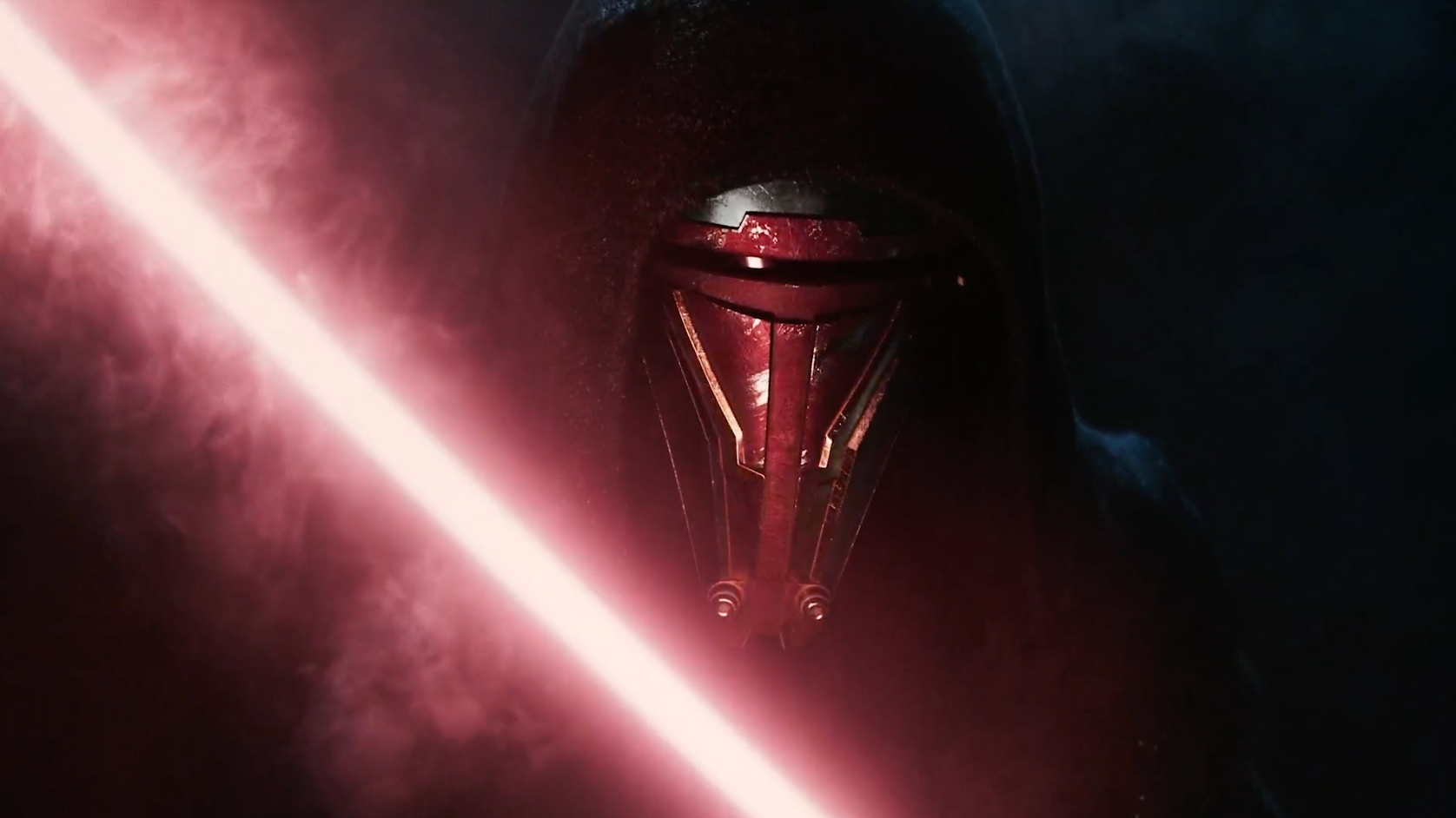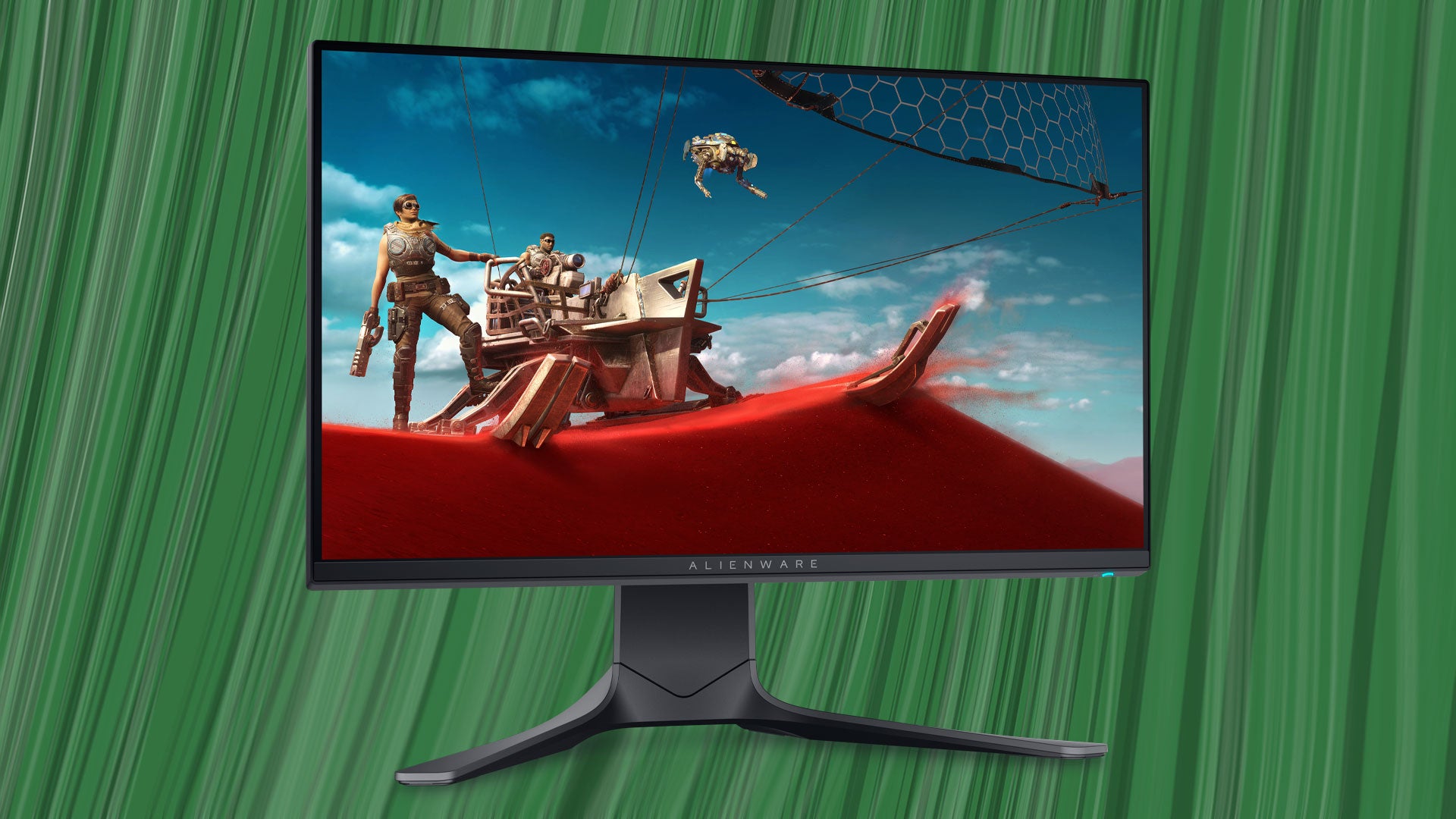Foldable smartphones so far have been out of reach for most buyers, as all have carried a price tag of more than $1000. With its latest range of flip phones, Motorola wants to change that. The new Razr lineup comes in two variants: while the Razr+ costs the standard $999, it has a more affordable counterpart this year, the Motorola Razr, which is expected to be priced a couple of hundred dollars lower when it goes on sale in the United States.
So what do you give up for a cheaper foldable? For Motorola, the answer is pretty much everything except the main screen. The Motorola Razr swaps out the Razr+’s flagship specs for a mid-range processor, a smaller camera sensor, and a plastic exterior. The biggest difference though you can tell by just looking at it: Instead of a 3.6-inch outer screen that works like a mini phone, it has a 1.5-inch OLED strip reminiscent of the tech’s early days. But after spending a couple of weeks with it, I discovered many of these downgrades aren’t necessarily dealbreakers, and the Motorola Razr is a promising step towards the foldable’s democratization.
Motorola Razr (2023) – Design
The Motorola Razr’s build is more refined than its predecessors. Though it lacks its pricier sibling’s shiny glass look, it’s still a head-turner. Motorola has encased its plastic exterior with faux leather, which not only looks nice but is also comfortable to hold – so much so that the Razr is the first flip phone I’ve had the confidence to use without a case. Its curved metallic frame adds to its ergonomics and gives it a premium touch, and it feels sturdy enough to withstand minor drops. At 188 grams, it’s also fairly light (iPhone 14 Pro is 206g), and especially when it’s folded, I could hardly tell it was in my pockets. The white model I tested does tend to pick up stains and dirt though, so you may be better off with the other (more fun) color options like Sage Green.

The Motorola Razr folds without any gaps, and its stainless steel hinge lays flat nearly at a right angle, almost making it seem like it’s stitching together two, mini phones instead of its one, expansive 6.9-inch folding screen. The hinge’s magnets are plenty strong and have enough resistance to let you hold the screen at various angles to, say, prop it up on a table to take selfies and shut it close with that satisfying snap. The downside is that you can’t truly flip it open, and if you have small hands, doing so single-handedly will feel close to impossible. That said, I did eventually get used to prying it open with one hand.
Motorola Razr (2023) – Displays
From the outside, the Motorola Razr looks like it’s a couple of years outdated because, unlike its peers, half of its outer shell isn’t dominated by a screen. To cut costs, Motorola has equipped it with a much more compact 1.5-inch OLED cover screen squeezed inside an elevated glass panel it shares with the dual-camera array.
Though compared to the Motorola Razr+ or the Galaxy Flip 5, you are limited in what you can do on the Motorola Razr’s cover screen, it was far handier than I expected.

Its interface is divided into four sections. When you wake it up, you land on the home page, which offers a quick peek at a bunch of information like the time, battery life, weather, and even an adorable character named Moo that reacts to the time of the day (gorging on ramen at lunchtime, for example). Swipe left or right and you can access widgets for controlling the media player, timer, audio recorder, and more. Swiping down allows you to interact with the quick settings panel and adjust the brightness, toggle Do Not Disturb, and what have you. Lastly, a swipe-up takes you to your notifications, and while you can’t respond to emails here, you can read their content and tap quick actions like “Archive.” It also shows you incoming calls, which you can pick up on the loudspeaker.
The cover screen feature I ended up using the most was the camera viewfinder, which let me take advantage of the superior rear cameras for selfies. Though it’s too tiny to apply precise tweaks to the scene, it proved more than enough to compose the shot and ensure everyone’s in the frame. You can even switch between the wide-angle and ultra-wide sensors and between the video and photo modes.
Most of the time when I unlock my phone, it’s to do passive jobs such as checking my messages or calling someone, and the Motorola Razr’s secondary display gets those jobs done – without me running the risk of going down an Instagram rabbit hole. It did what a smartwatch typically would have done for me.

It’s not perfect, though: it lacks customizations and there are only a few clock faces to pick from. Plus, it doesn’t always stay on, and given its size, I doubt it’s for endurance reasons. Part of me is also worried about how much Motorola will update it going forward if larger outer screens become the standard. That said, it’s a sharp and bright screen you’ll have no trouble viewing even under direct sunlight.
I have no complaints about what’s on the inside. The Motorola Razr has the same tall 6.9-inch OLED screen (1080 x 2640 pixels) as the Motorola Razr+ with a peak brightness of 1400 nits and a 144Hz refresh rate. You can see a crease in the middle at certain off-angles but it doesn’t really get in the way. Operating such a tall screen can be a bit of a hassle, but Motorola has bundled enough one-hand tools to help your fingers reach the furthest corners.
The Motorola Razr’s screen is one of its highlights. It’s bright, smooth, has punchy colors, and offers an immersive, cinematic experience no matter the content. On one recent train ride, I bent it from the center a tad so that it stood upright on a desk, and had a wonderful time streaming a football match on it.
Motorola Razr (2023) – Hardware
The Motorola Razr doesn't have as comprehensive of a water-proof rating as other flagship phones. Its water-repellent coating can only survive the occasional splash or dust, and you can’t record underwater videos on it. Its fingerprint sensor, on the other hand, is excellent. It’s housed inside the power button, which means it’s placed in an ideal position, letting the phone unlock as soon as you pick it up.

The stereo speakers are fine, and though they are loud and clear enough for streaming a quick video, they can sound shallow, and when I truly want to listen to music, I’d rather switch to earphones. Speaking of which, there’s no 3.5mm headphone jack.
Motorola Razr (2023) – Software
The Motorola Razr runs a fuss-free Android 13 build with a few Moto-specific additions. There’s a laundry list of gestures you can choose to activate, most of which I found quite handy.
You can, for instance, switch on a sidebar for your favorite apps, and when you tap on any, the phone will launch them in a floating, movable window like a computer. I also grew fond of the kinetic gestures that are triggered when you move the phone in a certain way. A double karate chop turns on the flashlight, and if you twist your wrist with the phone, it will launch the camera. The only disappointment for me was that it was on the three-month-old May 2023 security patch and hence, unprotected against the latest threats.
Motorola Razr (2023) – Performance and Battery Life
Performance is another area Motorola has compromised to bring down the Razr’s price. It’s powered by a mid-range Qualcomm Snapdragon 7 Gen 1 octa-core chipset, up to 12GB of RAM, and 128GB or 256GB of onboard non-expandable storage.
For routine tasks like scrolling social media or streaming high-res videos, the Razr runs fine without skipping a beat. However, it does begin to show its limits when I put it through its paces. Taking several shots in succession and then switching between the wide and ultra-wide lens in the camera app, for example, takes an extra second or two. While it handled all the resource-intensive games I threw at it well, it lagged a bit when I tried to multitask between a couple of them.
What’s more impressive, however, was the battery life. The Motorola Razr comes with a larger 4200mAh battery than the Razr+ (3800mAh) and that additional 400mAh makes a huge difference. It comfortably lasts a normal working day with an average screen on time of four and a half hours. It supports 30W fast charging, and the bundled adapter can top it up to 100% from 0 in an hour. Wireless charging is available as well but it’s restricted to meager 5W speeds.
Motorola Razr (2023) – Cameras
The Motorola Razr has a 64-megapixel f/1.7 primary wide camera that’s paired with a 13-megapixel ultra-wide. Both cameras click well-lit and sharp shots in daylight scenarios. Its HDR also does an impressive job of balancing a scene’s shadows and highlights. There are times when the main camera oversaturated colors but rarely deviates too much from the scene’s actual palette. Even when the camera was directly facing the sun, it didn’t blow up the subject. In one of the attached samples, you can see how nicely the Motorola Razr captures the sun setting behind mountains and manages to keep all the foreground and background details intact.
Even at night, the Motorola Razr can produce flagship-grade photos as long as you give the camera app the time and stability to capture the scene. It does add a little noise to compensate for the softer details but in most instances, nighttime shots too were sharp and vivid. I’m especially impressed at the Razr’s ability to capture and maintain the finer details in low-light conditions. There’s also a macro mode you can use to shoot closeup images, and though it’s not as refined as the iPhone 14 Pro, it’s a neat little party trick for, say, capturing insects on a hike. The 32-megapixel front camera is above average but I rarely turned to it and took selfies exclusively with the rear lens.
It’s worth noting, though, that these results happened only after I made a handful of settings changes to how the camera was processing the shots. By default, the Motorola Razr’s back camera tends to oversharpen and oversaturate shots but once I disabled these optimizations, and switched to the “Smart High Resolution” mode, it performed way better.
Videos are similarly decent and the phone is capable of keeping the focus even when the object is moving too fast. My pet peeve I have with the phone is that it gets pretty warm when shooting videos and on occasion, I had to give it a rest before recording more.







